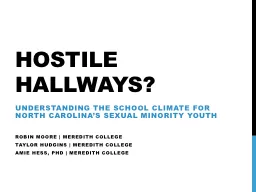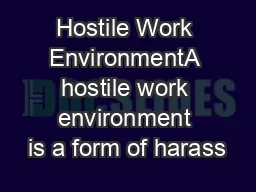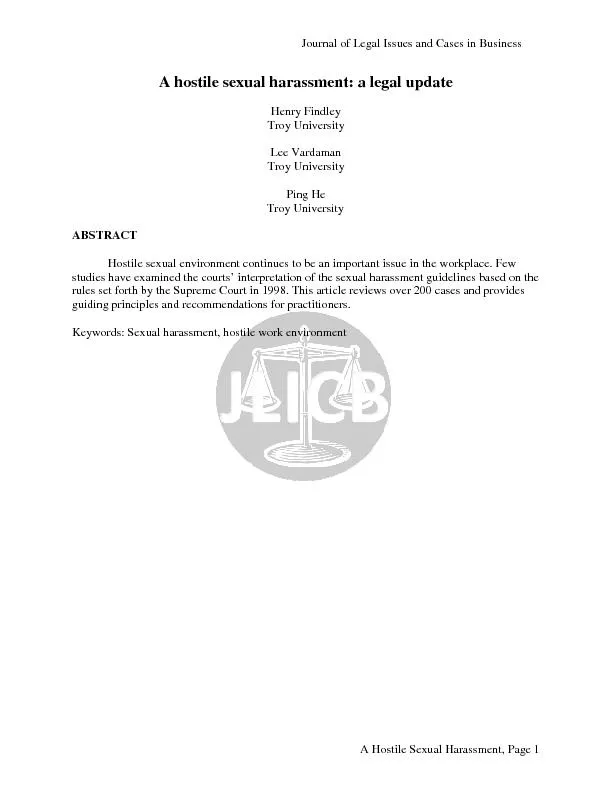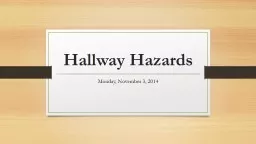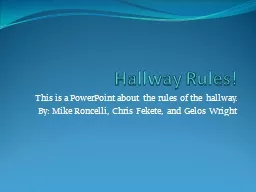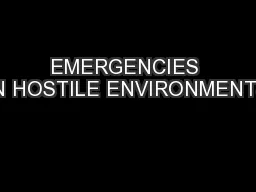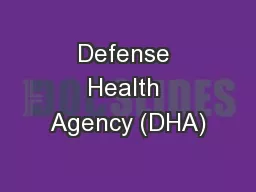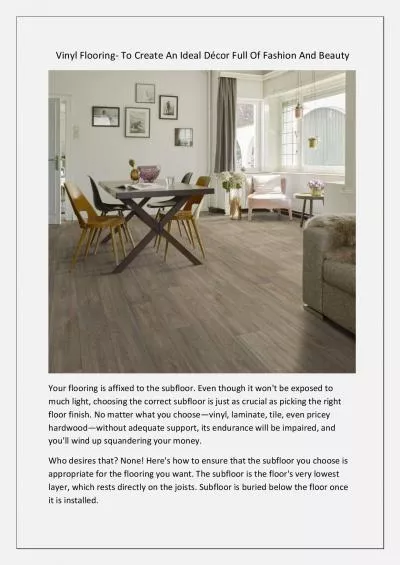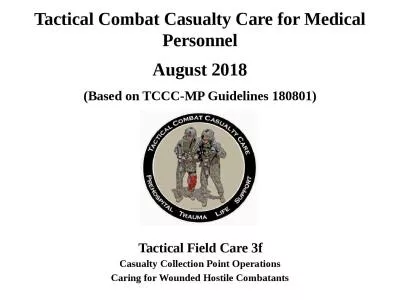PPT-Hostile Hallways?
Author : trish-goza | Published Date : 2016-05-02
Understanding the School Climate for North Carolinas Sexual Minority Youth Robin Moore meredith college Taylor Hudgins meredith college Amie Hess Phd Meredith
Presentation Embed Code
Download Presentation
Download Presentation The PPT/PDF document "Hostile Hallways?" is the property of its rightful owner. Permission is granted to download and print the materials on this website for personal, non-commercial use only, and to display it on your personal computer provided you do not modify the materials and that you retain all copyright notices contained in the materials. By downloading content from our website, you accept the terms of this agreement.
Hostile Hallways?: Transcript
Download Rules Of Document
"Hostile Hallways?"The content belongs to its owner. You may download and print it for personal use, without modification, and keep all copyright notices. By downloading, you agree to these terms.
Related Documents

